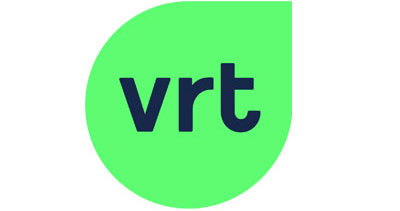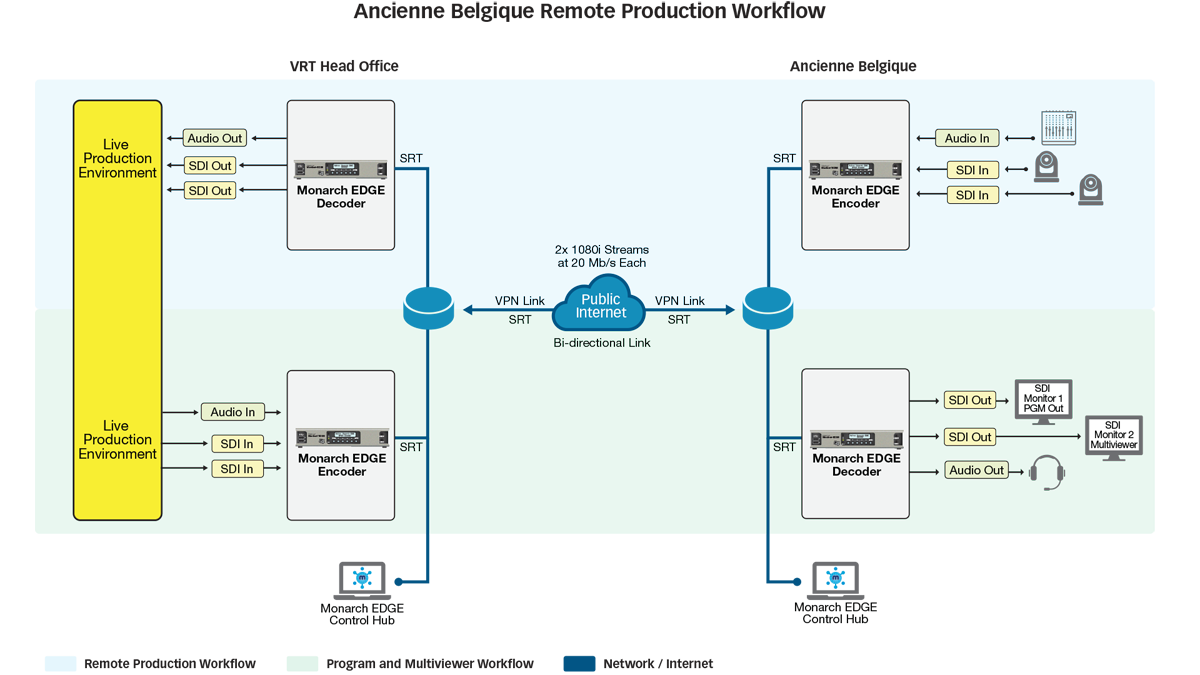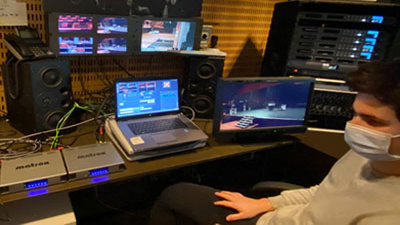Customer Stories
Belgian Broadcaster VRT Selects Matrox Monarch EDGE for Concert Remote Production Trials that Never Miss a Beat
Monarch EDGE encoder/decoder pair provides secure, high-quality video transport for concert live streams from Belgium’s leading Flemish public broadcast network

In the same way that a musical number does not sound quite the same with an instrument missing, secure, high-quality video transport is not nearly as easy and affordable without the Matrox® Monarch EDGE. For the Flemish Radio and Television Broadcasting Organization (VRT), the Monarch EDGE 4K/multi-HD encoder and decoder are key components that make concert remote production (REMI) testing simple.
Reinventing live production workflows
As was the case with many of the world’s broadcasters, the onset of the COVID-19 pandemic forced VRT to reinvent its live media production workflows. In response, VRT began a series of simulations in order to test remote production equipment and ultimately find new ways to share its stories. What they found was that Monarch EDGE was ideal for flexibly delivering high-quality, low-latency remote productions. With its exceptionally low glass-to-glass latencies and its ability to securely deliver video streams over public networks, the Monarch EDGE encoder and decoder pair – VRT determined – would allow them to produce exceptional video while keeping staff safe and socially distant.
Remote production, simplified
The Monarch EDGE encoder and decoder pair made its debut with VRT delivering live streams from a concert held at Ancienne Belgique (French for “Old Belgium”), a world-renowned contemporary music hall located in Brussels’ historic core. At Ancienne Belgique, two SDI cameras captured individual musicians and the band as a whole and were input into the Monarch EDGE 4:2:2 10-bit encoding device. Meanwhile, a stereo mix from the soundboard was sent using the balanced audio input of the Monarch EDGE encoder. The two SDI cameras and microphone. The Monarch EDGE encoder then transported these feeds using the SRT streaming protocol at 1080i and 20 Mbps over public internet. The feeds arrived at VRT’s production control room – also located in Brussels – and were received by the Monarch EDGE decoding device. The decoded feeds were output as SDI and embedded audio into the live production environment where producers made cuts between the two cameras, added graphics, and more.
From the live production environment, two SDI video signals were input into a second Monarch EDGE encoder; one of these feeds is a produced program feed that serves as the return channel, while the other is a composited multiviewer of raw camera A and B feeds. The Monarch EDGE encoder then transported these feeds back over public internet to Ancienne Belgique, again at 1080i and 20 Mbps. At Ancienne Belgique, a Monarch EDGE decoding device decodes the two return feeds. The Monarch EDGE decoder then outputs both the return feed of the produced program to a monitor showing what the viewers will watch, and the multiviewer stream of unproduced footage from the two SDI cameras.

The Monarch EDGE encoder and decoder pair allows for secure remote production stream and return feed transport
Flexible, easy-to-deploy video transport
After its first success with transporting concert video streams at Ancienne Belgique, it is clear that Monarch EDGE provides several advantages for VRT. According to Floris Daelemans, production innovation researcher at VRT’s Video Snackbar, the Monarch EDGE encoder and decoder pair was exactly what the network needed to be able to deliver broadcast-quality, multi-camera video during testing sessions, while ensuring the safety of the staff producing the streams. “Matrox Monarch EDGE has turned out to be indispensable for in our remote production testing,” Daelemans said. “The combination of SRT connectivity and ultra-low-latency, visually lossless video encoding makes Monarch EDGE a powerful tool that has allowed our live media production team to test with ease.”

